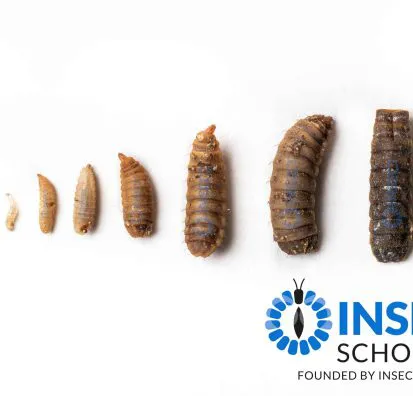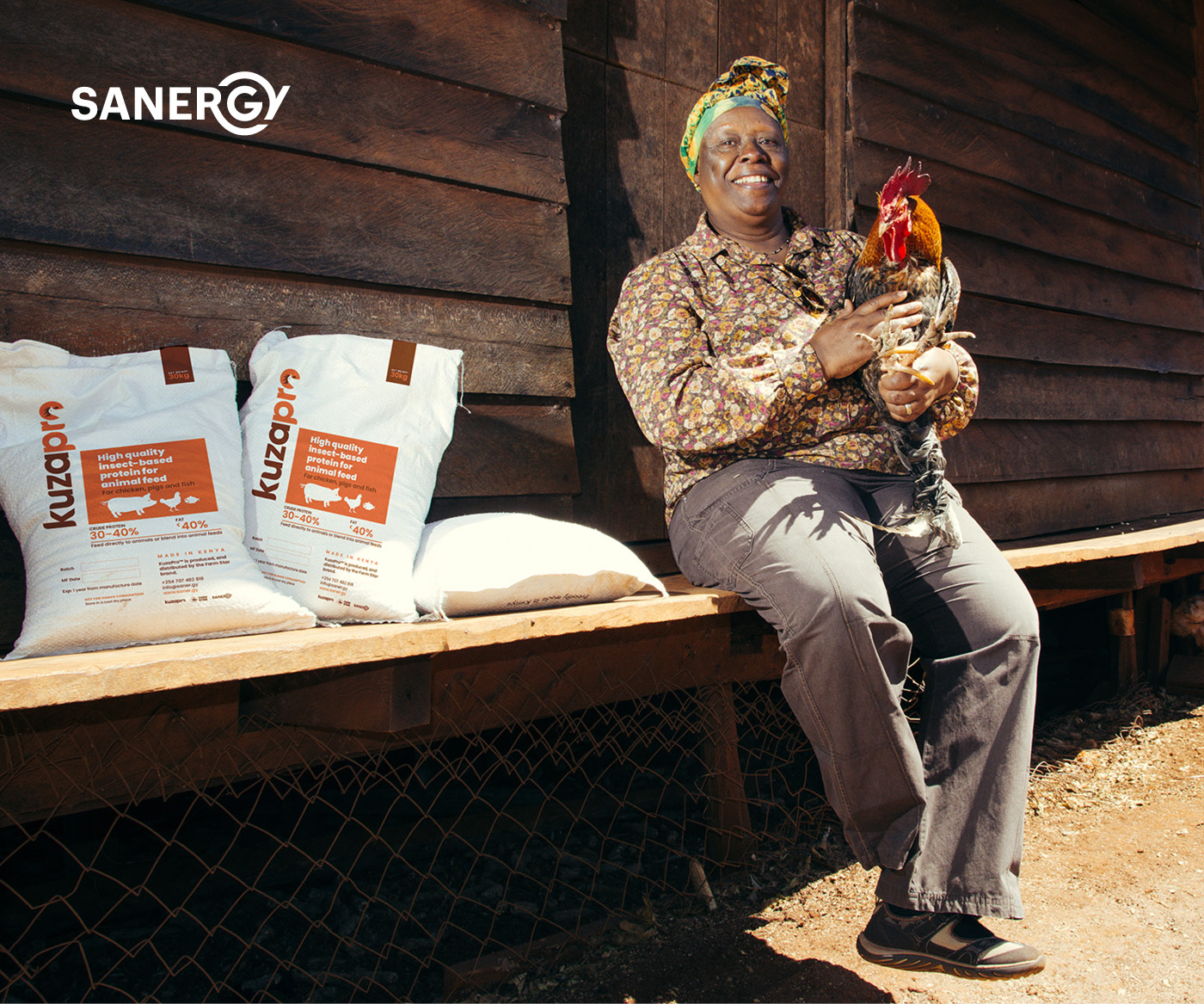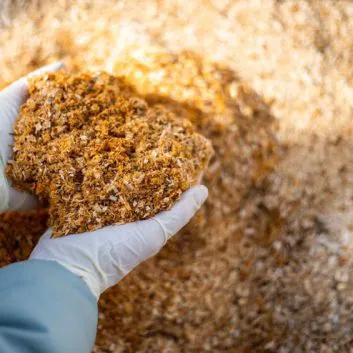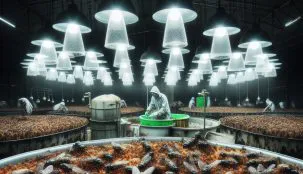Maximizing Black Soldier Fly Digestibility through Density Optimization
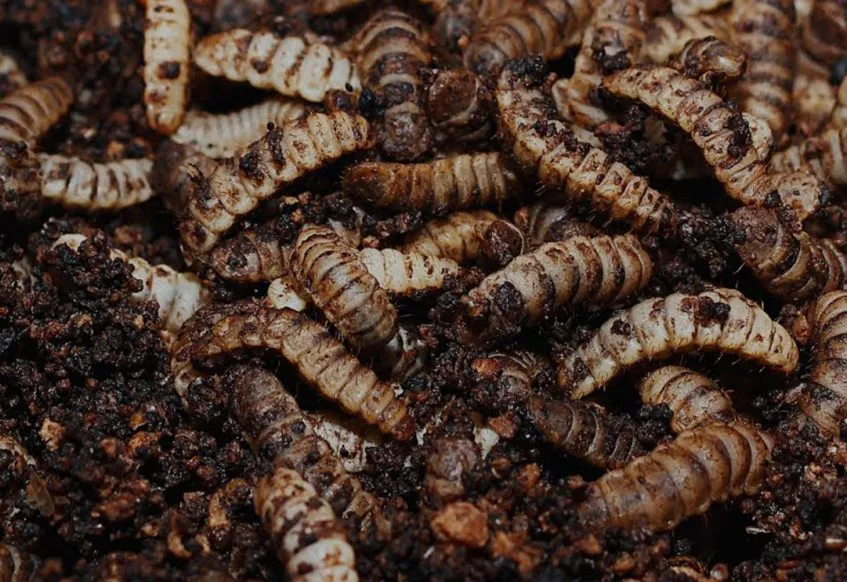
When it comes to feeding Black Soldier Fly (BSF) larvae, the quality of their diet is paramount. Remarkably, diets with identical protein and carbohydrate content but differing ingredients yield bioconversion rates ranging from 14.5% to an impressive 31.8% (based on dry mass). One key factor contributing to this variability is the use of crude macronutrient fractions in diet formulation, rather than the more appropriate digestible macronutrient contents. A notable challenge has been the scarcity of data on the digestibility of these diets by BSF larvae.
Guillanume et al. (2022) proposed a method designed to estimate digestibility specifically tailored to BSF larvae in their respective diets. This method, known as Estimated Digestibility (ED), involves calculating ED by taking the difference between the macronutrient weight in the distributed feed and that in the frass, divided by the initial macronutrient content of the distributed feed.
The Power of larval density:
Imagine a collective effort where BSF larvae gather, akin to a: cooking” collaboration, to enhance their digestion. This image comes to life when considering larval density. Interestingly, a higher number of BSF larvae are more likely to consume a given amount of feed entirely, resulting in the theory that higher larval densities could lead to reaching a maximal ED.
Unlocking the potential with larval density:
The figure presents below illustrates the estimated digestibility for varying larval densities. Larval density increases from 0 to 11.4 larvae/cm2, a positive impact is observed on the ED of dry mass, starch, protein, fat, ash, and energy. Surprisingly, higher densities, specifically those exceeding 15 larvae/cm2, exhibit similar ED values (a maximal peak that indicates the maximal potential digestion under BSFL and associated microbes).
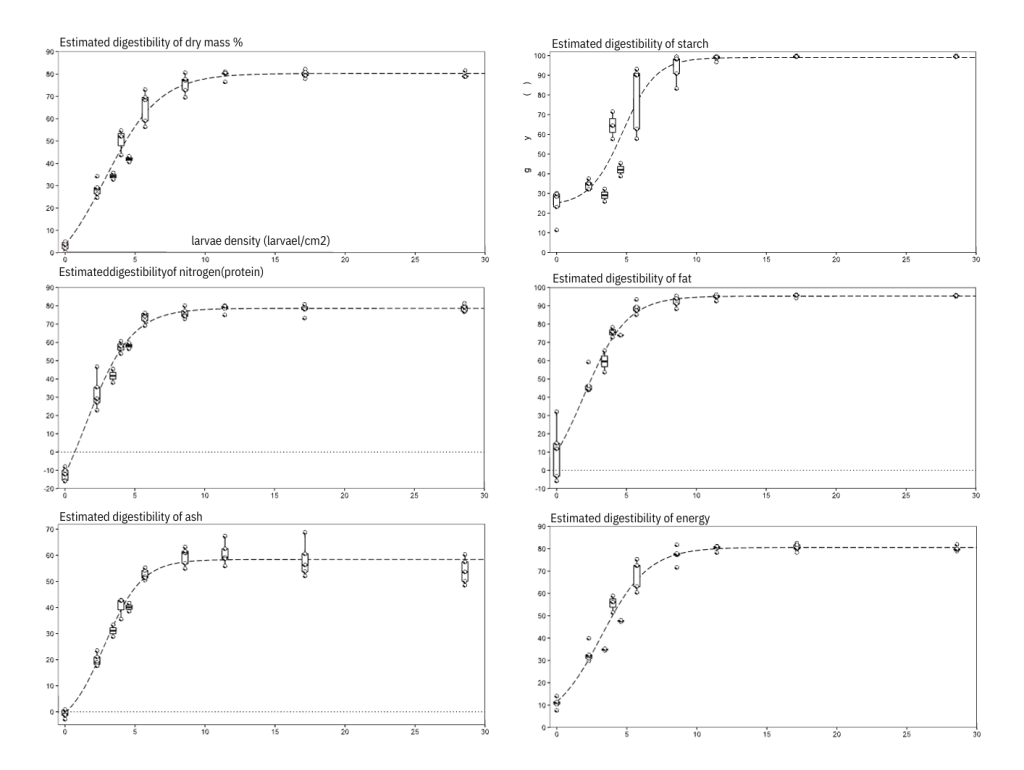
The right density of your objective:
Selecting the optimal larval density is pivotal, depending on the objectives of your BSF farm:
1. Insect protein production: producers should be driven by the FCR (dry to dry). In this case, a higher density, such as 10 or 11 larvae/cm2, is recommended to achieve this goal effectively.
2. Egg production: if your primary aim is to generate eggs and look for heavy larvae, a lower larval density in the range of 2-6 larvae/cm2, with 5 larvae/cm2 often being preferred choice, are more suitable. This lower density promotes less intensive feed competition among larvae, resulting in larger larvae and higher survivorship.
If you want to learn more: 3-DAY ONSITE TRAINING – Insect School
If you are thinking about investing in insect farming: Producing turnkey insect farms for Animal Feed | Insect Engineers
Comments on this post
Comment posted by calvin:
interesting data, as I understand it the breeding stock would do better in a lower density that feeding stock, this information will go a long way to optimizing’s population generation.
Comment posted by Jesse Mwangi:
Continue educating us more about bsf
